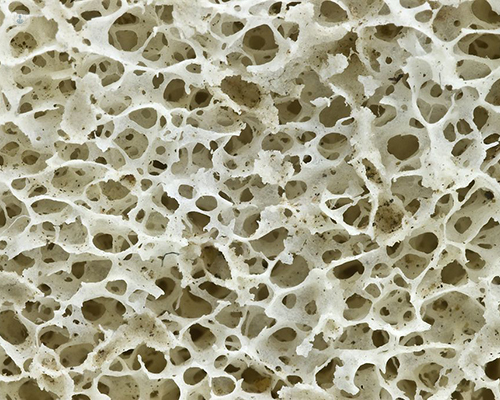


What is it?
A bone marrow transplant is a therapeutic procedure that aims to replace damaged bone marrow with healthy marrow in order to treat certain types of blood disorders. The transplant is carried out by injecting haematopoietic stem cells that turn into healthy platelets, red and white blood cells. It is a complicated intervention that can pose risks. It is necessary that you are in good health (with the exception of the existing condition) and that any other treatments have not helped. The healthy bone marrow can be taken from your own body, and if that is not possible, it can be taken from a compatible donor, preferably a close family member (a sibling or a parent). Bone marrow from another person that is registered in the donor registry and that it is compatible with yours can also be used.

What is it for?
The procedure is carried out when the bone marrow is damaged and is not able to produce healthy blood cells. Conditions that bone marrow transplant can be used to treat include:
- Leukaemia
- Genetic blood cell disorders (for ex. thalassaemia)
- Non-Hodgkin lymphoma
- Aplastic anaemia
What does it involve?
There are two types of bone marrow transplant:
- Autologous: this involves a transplant from your own body blood cells. It is the preferred method in case of cancer (only when it is in remission phase) that requires an intensive chemotherapy treatment. Before the transplant, the blood forming stem cells are removed and subject to high doses of chemotherapy and radiotherapy to destroy the cancer cells.Once they are free from these, the stem cells are put back in your body. These stem cells reproduce new blood cells for around two weeks. The risk of rejection is low as the stem cells are yours.
- Allogeneic: the blood cells come from the best match donor. The method of extraction is the same as the autologous transplant: the donor is put under anaesthesia and the blood cells are removed from the pelvic bone. Waiting times can be long when family members are not compatible as you are placed in a waiting list for a donor, and you will also be more at risk of rejection. After the transplant, it is necessary to weaken the immune system with immunosuppressive drugs to avoid the risk of rejection.
The major risks related to the procedure are:
- Infections (particularly those in the lungs, kidney and other internal organs)
- Rejection (or graft versus host disease): the immune system attacks the transplanted cells. When the rejection becomes serious, it can only be treated with medication.
Post-operative care
Once the intervention is finished, you will need to stay in hospital for around one month and be kept away from pathogens, as the risk of infection can last up to two years post-intervention. Three months after the transplant, your doctor will be able to see if the transplanted cells are reproducing healthily. If it has been successful, the effect on your quality of life will be extremely beneficial. However, you will need to get yourself checked for possible endocrine pathologies (for ex. thyroid disorders)
Alternative treatments
If you are suffering from thalassaemia, there is an alternative treatment called gene therapy. It consists of injecting a vector from the lentivirus group into your own stem cells that contains genetic information, which allows a correct synthesis of the beta-globin genes.
Nowadays, there is a new approach to treat those who need a bone marrow transplant and those whose thymus does not work correctly, called regenerative therapy, which usesin vitro cell culture with the objective to generate transplantable organs. This treatment is still in an experimental phase and up to today, there is only one medical centre at the University of Edinburgh which has created a working thymus injected with the organism.